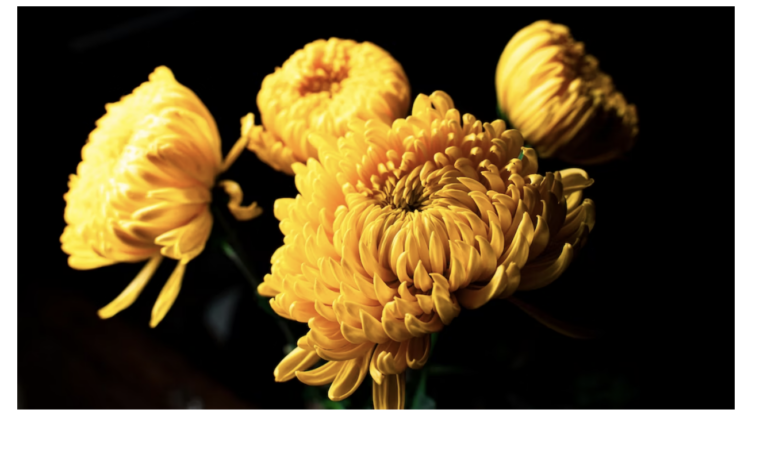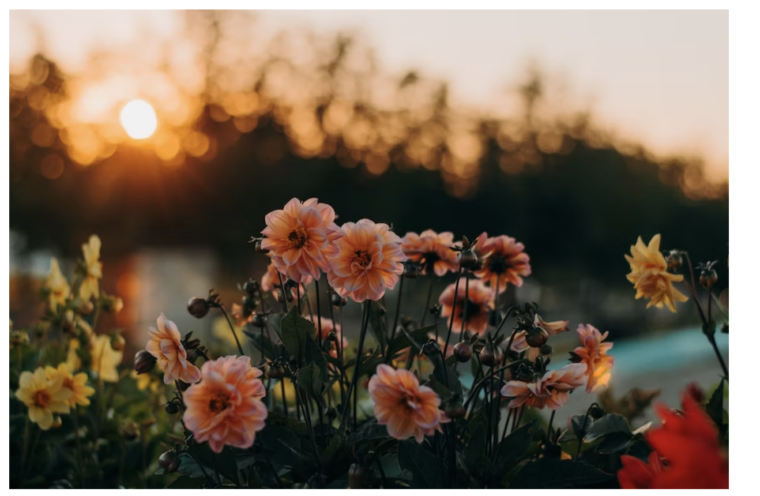The Secret Language of Flowers: Uncover Their Meaning & Symbolism
Flowers are mysterious objects that have held with a special place in human history for thousands of years. While they often serve as the perfect gift to show someone your appreciation, they can also communicate secret messages and signs.
For centuries, flowers have been used as symbols of love, appreciation, and many other feelings – but what are flowers trying to convey? In this blog post, we’ll uncover the secret language of flowers to discover their meaning and symbolism.
Different Types of Flowers and What They Symbolise
There are many different types of flowers, each with its unique meaning and symbolism. For instance, a rose is often seen as a symbol of love and beauty, while a chrysanthemum is associated with cheerfulness and joy. Here are some commonly used flower symbols:
Rose
Roses are some of the most popular flowers in the world, and they have been symbols of love and beauty for centuries. But roses have an even deeper meaning that’s often overlooked. They symbolise passion, joy, life, and even innocence.
The rose has long been associated with divine love and romance. In Greek mythology, Aphrodite used a rose wreath to crown her lover Adonis. In Christianity, roses are believed to represent the Virgin Mary because of their beauty and purity.
In Victorian England, roses were used in bouquets to send messages without using words. The colour of a rose was thought to determine what it meant—for instance, white roses meant innocence or purity; pink meant admiration; yellow meant joy; orange meant desire; red meant romantic love; and purple symbolised new beginnings.
Today, roses are still widely used in weddings as a sign of everlasting love between two people or to express congratulations and joy on a special day. They can also be sent to someone far away as a gesture of friendship or appreciation.
Roses will always hold a special place in our hearts as a symbol for all kinds of powerful emotions and meanings throughout history—and luckily for us, they remain just as beautiful today.
Chrysanthemum

Chrysanthemums are some of the most popular flowers in the world. The Greeks believed they could bring cheerfulness and joy to those who received them. In Japan, chrysanthemums were used as a symbol of happiness and prosperity, while in China, they were known as symbols of longevity.
The flower’s vibrant colours—white to yellow, orange, pink, red and even purple—all have different meanings. For instance, white chrysanthemums represent truth and purity; yellow stands for slighted love; orange represents enthusiasm; pink is seen as a gesture of friendship; red is considered an expression of passionate love; and purple symbolises royalty.
Today, chrysanthemums are often used in symbolic arrangements for birthdays, anniversaries, and graduations. In Japan, chrysanthemums are still seen as a sign of joy and long life. They’re also often featured in artwork due to their beauty and symbolism.
Carnation
Carnations are some of the oldest cultivated flowers in the world. They were first grown in the Mediterranean region more than 2,000 years ago and were used by ancient Greeks to decorate their tombs.
Different carnation colours have different meanings—red symbolises love; pink stands for admiration; purple is seen as capriciousness; white stands for innocence or purity; yellow represents disappointment or rejection; and orange denotes fascination or desire. This flower is often given as a gift to express one’s true feelings and show appreciation and gratitude.
Carnations are still popularly used to mark special occasions such as weddings, birthdays, anniversaries, Mother’s Day, and funerals. They are often used in bouquets or arrangements to decorate homes, offices, and hospitals.
Daisy
Daisies are cheerful and vibrant flowers often seen as symbols of purity, innocence, and youth. In Greek mythology, they were associated with the goddess Artemis—the goddess of virginity.
The daisy’s colour can also convey different meanings depending on its hue. White daisies symbolise purity and innocence; yellow stands for friendship or joy; pink represents a secret love; red is thought to be an expression of passionate love; blue conveys loyalty or faithfulness; and purple signifies sorrow or regret.
Daisies are often used as decorations in homes and offices due to their bright colours and cheery appearance. They’re also commonly found in gardens, meadows, and fields worldwide.
Iris
Iris flowers are symbols of faith and hope, often used to express admiration or appreciation. In Greek mythology, the goddess Iris was a messenger who connected heaven and earth with her rainbow-coloured wings—and thus, the iris flower has come to symbolise the connection between the two worlds.
The deep purple colour of an iris stands for wisdom or royalty; white is seen as purity; yellow conveys passion; blue represents faithfulness or hope; pink denotes joy; and orange symbolises enthusiasm.
Iris flowers have long been used in religious ceremonies to symbolise faith and hope. They’re also popularly given as gifts on special occasions such as birthdays, anniversaries,
Conclusion
Flowers have long been used to communicate secret messages and signify feelings and emotions. Different flower types can represent love, admiration, cheerfulness, innocence, joy, passion, and more—making them a perfect gift for any occasion.
Next time you pick up some flowers for someone special in your life or want to add some colour to your home décor—know that you are sending a message full of powerful emotions. It just takes one look at these beautiful blooms to unlock their secrets.

